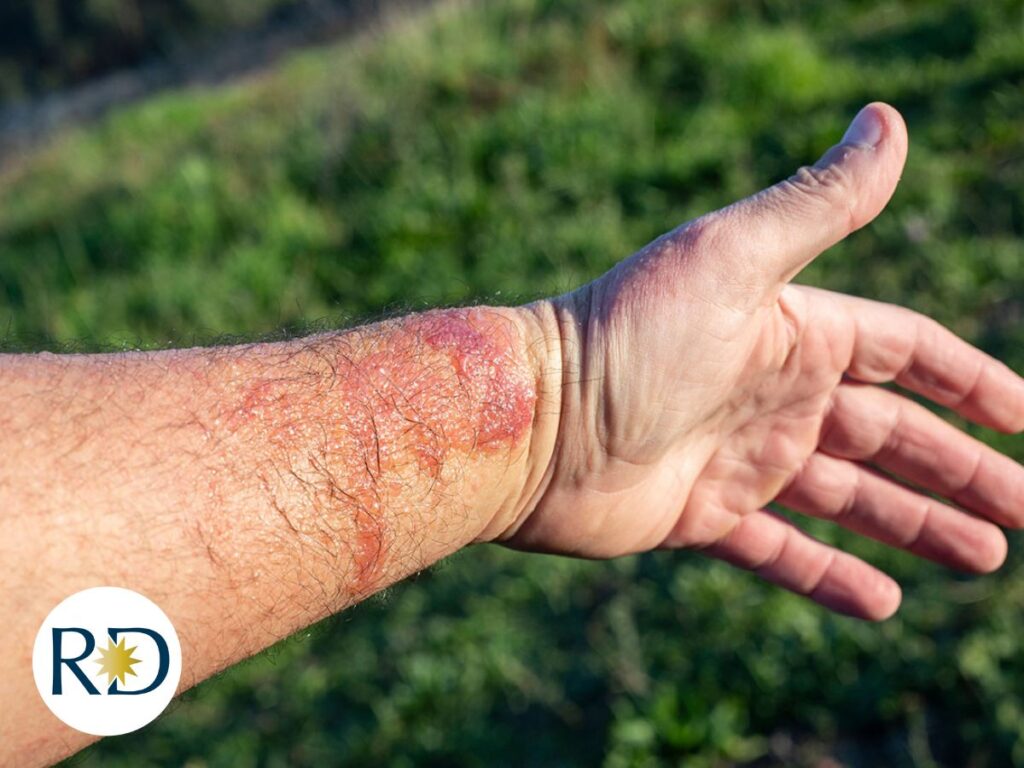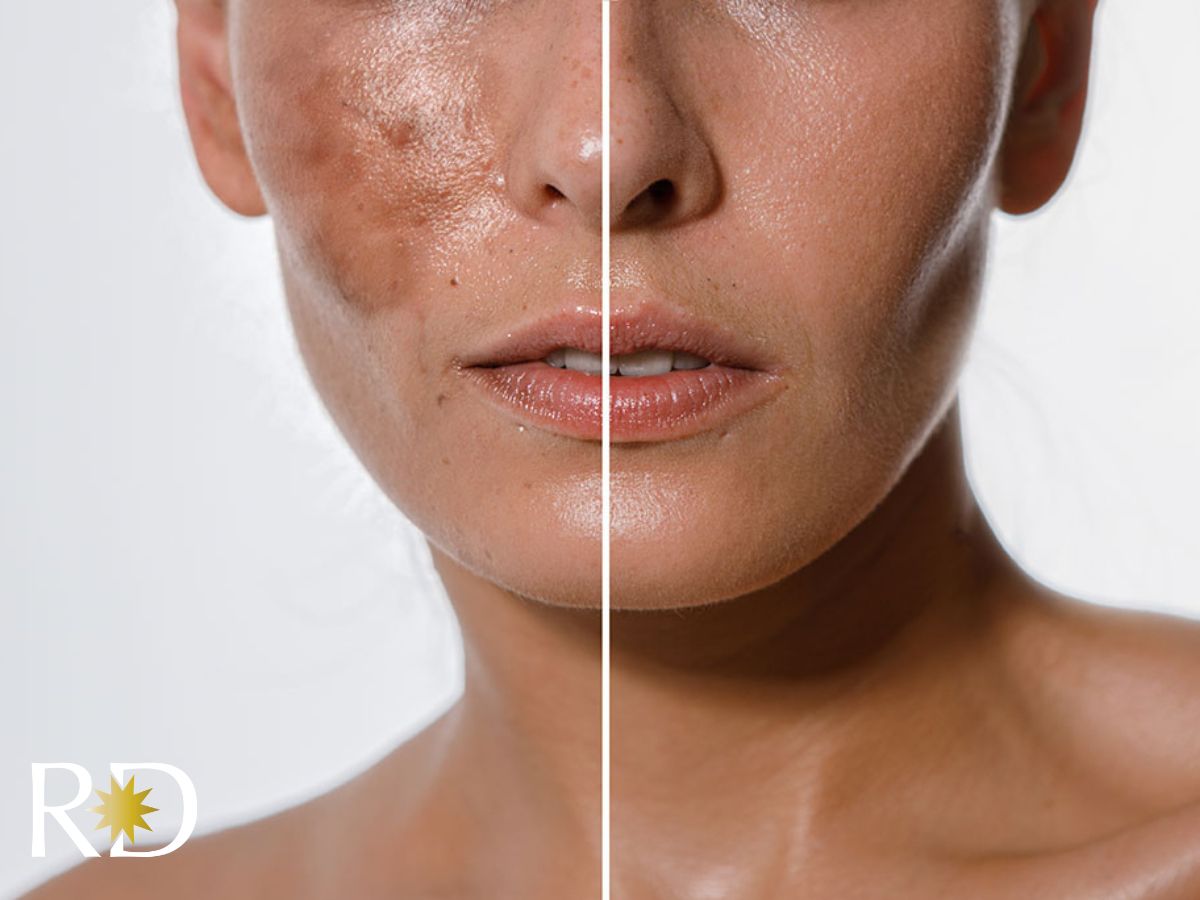Since the summer season lasts well into the fall months in Dallas, we hope you’re continuing to enjoy some carefree days while keeping your skin in check. At Revival Dermatology, we see an upswing of phytophotodermatitis cases during this time of year, so we decided to shine a light on this lesser-known but common skin condition.
What is Phytophotodermatitis?
Let’s break it down: “Phyto” means plant, “photo” means light, and “dermatitis” refers to inflammation of the skin. So, phytophotodermatitis essentially translates to a skin reaction caused by exposure to certain plants in combination with sunlight. These plants contain chemicals that make your skin sensitive to sunlight, leading to rashes, blisters, or even pigmentation changes.

Limes: A Surprising Culprit of skin rashes.
Limes: A Surprising Culprit
Believe it or not, limes are one of the primary sources of phytophotodermatitis. Whether you’re squeezing them into a refreshing drink, onto a plate of tacos, or enjoying them with a little shot of tequila, the oils from lime rinds contain chemicals that can wreak havoc on your skin when exposed to sunlight. We’ve even seen cases where children develop rashes from sucking on lime popsicles while playing outside —talk about unexpected consequences!
How Does It Happen?
The scenario typically goes like this: after handling limes, the oils containing light-sensitizing chemicals (like furocoumarins) can transfer to your skin. When exposed to sunlight, these areas may develop a rash resembling a sunburn, often showing up as fingerprint-like marks or unusual patterns where lime juice has touched the skin.
Other Plant Offenders
While limes take the limelight, other plants like wild parsnip, parsley, celery, and the notorious giant hogweed can also trigger phytophotodermatitis. These plants contain similar chemicals that react with sunlight, potentially causing severe skin reactions and even eye damage in some cases.
Prevention and Treatment Tips
Here’s the good news: phytophotodermatitis usually resolves on its own, but prevention is key:
- Sun Protection: Always use broad-spectrum sunscreen, especially if you’re handling citrus fruits or spending time in sunny environments.
- Wash Up: After handling limes or other plants, wash your hands and any exposed skin thoroughly with soap and water to remove the irritating oils.
- Keep an Eye Out: Watch children closely when they’re handling limes or playing near potentially irritating plants.
- Treatment: Treat any resulting rash like you would a sunburn—cool compresses and soothing lotions can help. If pigmentation develops, book an appointment with us and we can recommend bleaching agents to help even out skin tone.
When to Seek Help
If you notice a severe rash, blistering, or persistent pigmentation after sun exposure and contact with plants or limes, it’s wise to consult one of our board-certified dermatologists in our Dallas clinic. At Revival Dermatology, we’re here to help you understand and manage phytophotodermatitis effectively.
Stay safe, stay sun-smart, and enjoy your summer without the unexpected skin surprises! If you have any concerns or need further advice, don’t hesitate to book an appointment with our board-certified dermatologists today. Your skin deserves the best care, and we are experts at providing it.





